This article was written by Jennifer Mueller, JD. Jennifer Mueller is an in-house legal expert at wikiHow. Jennifer reviews, fact-checks, and evaluates wikiHow's legal content to ensure thoroughness and accuracy. She received her JD from Indiana University Maurer School of Law in 2006.
There are 12 references cited in this article, which can be found at the bottom of the page.
This article has been viewed 8,169 times.
If you're a landlord, there are many benefits to accepting Housing Choice Vouchers (HCVs) — commonly known as Section 8 vouchers, after the section of the US code that established them. Along with guaranteed rent payments each month, you can also take advantage of free advertising for your available rental units and enjoy pre-screened tenants. With an HCV, the tenant finds a unit available on the private housing market, and the government pays a portion of the tenant's rent each month. If you want to accept Section 8 vouchers, all you have to do is complete an application with your local Public Housing Agency (PHA) and complete an inspection of the rental unit.[1]
Steps
Registering with Your Local PHA
-
1Locate the PHA office nearest your rental property. Although the HCV program is a federal program, it's administered by local PHAs and is subject to state laws and local regulations. Typically, you'll use the PHA that serves the area where your property is located.[2]
- For example, if you live in Dallas, TX, but own a rental property in Austin, and want to accept HCVs for that property, you would need to go to the PHA in Austin.
- To find the PHA nearest your rental property, go to https://www.hud.gov/program_offices/public_indian_housing/pha/contacts and click on your state on the map.
-
2Fill out an application to register your property if necessary. Some PHA offices require you to complete an application before you can start accepting HCVs. The application typically requires you to provide details about yourself as a landlord and a description of the rental property you own. Because the process varies drastically among different PCA's, ask a benefits counselor to walk through the process with you.[3]
- Typically, you'll need to provide information about your rental property similar to what you would put in a rental listing, such as the address, square footage, number of bedrooms and bathrooms, and number of units (if you own more than one).
- You'll also have to provide documents, including the deed to the property, a copy of your photo ID, and the results of a criminal background check. While there is no fee to register, you may have to pay a fee for the criminal background check.
- In some areas, landlords aren't required to register if they want to participate in the HCV program. A benefits counselor at your PHA will let you know if registration is required. [4]
Advertisement -
3Attend a landlord orientation class if required. Some PHAs have a landlord orientation class that you're required to attend before you can start accepting HCVs. This orientation class introduces you to the HCV program and the way the local PHA operates.[5]
- Your orientation class may be something you have to attend in person at the PHA office, or it may be online.
- During the orientation class, ask any questions you might have about accepting HCVs to rent your property. You might want to write down some questions in advance, so you can ask any that aren't answered by the presentation.
Tip: If landlord orientation is required, your registration won't be accepted until you've completed the course and provided a certificate of completion to your PHA.
-
4Create a landlord portal account to manage your HCV properties. Most PHAs have an online portal that you can use to keep up with your Section 8 applications, inspections, and payments. The portal also gives you access to forums where you can discuss issues with other Section 8 landlords and get answers to your questions from PHA staff.[6]
- Typically, you can also sign up for direct deposit through the portal. The PHA will direct-deposit the amount of your tenant's voucher each month. You will be responsible for collecting the rest of the rent from the tenant.
-
5Establish a fair market rent (FMR) for the unit. Each local PHA determines a payment standard for your area that is between 90% and 110% of the FMR. The FMRs are calculated and published by the US Department of Housing and Urban Development (HUD) every year.[7]
- To find the FMR for the area where your rental unit is located, go to https://www.huduser.gov/portal/datasets/fmr.html.
- If your rental unit is located in a metropolitan area, a distinct small area FMR (SAFMR) may apply. SAFMR's calculate distinct FMRs for ZIP codes within metropolitan areas, where rental rates may vary dramatically. Go to https://www.huduser.gov/portal/datasets/fmr/smallarea/index.html to look up the SAFMR.
- If you disagree with the rent assigned to your rental unit by the PHA, you can fill out an application for a rent increase.[8]
Tip: The rent for your unit might be adjusted up or down, relative to the FMR, depending on the age, condition, and location of the property. Talk to PHA staff if you have questions about what to charge in rent for your particular property.
Finding a Section 8 Tenant
-
1List a current or upcoming vacancy through the PHA. Each PHA has a housing board for prospective tenants with vouchers. These boards list available rental units in the area, and you can use them for free. Your PHA may also have connections to other housing boards where you can list your unit.[9]
- List your unit on the housing board at or below the FMR that applies to the area where your rental property is located.
-
2Provide standard applications to prospective tenants with vouchers. Even if a prospective tenant has a voucher, they still have to go through your application process the same as any other tenant would. This allows you to keep the same information about prospective tenants in your records.[10]
- If you charge an application fee, you may choose to waive that fee for prospective tenants with vouchers. However, there's no legal requirement that you do so.
Tip: You may want to adjust your application to add a question about whether the prospective tenant is using an HCV voucher. This ensures that you don't accidentally deny the tenant's application based on their income.
-
3Screen prospective tenants just as you would any other applicant. The HCV program ensures that tenants with vouchers will always meet your income requirements. However, while the PHA screens applicants, their screening processes may not be as stringent as your requirements for renting.[11]
- Even if your property is subject to a law that prohibits discrimination against prospective tenants with HCVs, you still have the right to decline a tenant application for another reason, such as a failure to meet your criminal background standards.
-
4Submit a request for tenancy approval. If you've approved a tenant with a voucher, you still need approval from the PHA before you and the tenant can sign a lease. On your request, you'll provide the name of the tenant as well as information about the rental unit.[12]
- You can typically fill out and submit a request form through your PHA's landlord portal. You can also download the form at https://www.hud.gov/sites/dfiles/PIH/documents/Request_Tenancy_approval52517.pdf.
- A PHA inspector will inspect your rental unit to make sure it meets the HCV program's quality standards before approving the tenancy.
Completing the Property Inspection
-
1Look over the property inspection checklist. The property inspection checklist gives you an idea of what the inspector will be looking at. Go through the rental unit with the checklist and repair or replace any items you see on the checklist that need it before you schedule your inspection. That way, you have a greater chance of passing the inspection.[13]
- You can download a copy of the property inspection checklist from https://www.hud.gov/program_offices/public_indian_housing/programs/hcv/landlord/forms. Your PHA may also have one available through the landlord portal.
-
2Schedule a property inspection to certify your property. Typically, you can schedule your property inspection online through the landlord portal. You can always call or drop by your local PHA office and schedule an inspection that way.[14]
- You need to be present at the inspection. Take notes as the inspector goes through the unit and ask questions if there's anything you don't understand.
-
3Make any necessary repairs to bring the property up to standards. If the inspector noticed any problems with your unit, the PHA won't approve the tenancy until you resolve those problems. The inspector will let you know exactly what you need to do to meet the quality standard.[15]
- Some situations may require you to replace something completely rather than simply repair it. If the work you need to be done to pass the inspection is going to take an extended period of time, it's a good idea to communicate that to the prospective tenant. They may decide to apply somewhere else rather than wait.
Tip: If you have to repair or replace items to bring the unit up to the HCV program quality standards, your PHA will need to re-inspect the unit before they can approve the tenancy.
-
4Fill out the Housing Assistance Payments (HAP) contract. The HAP contract is a contract between you and the PHA that provides information about the tenant and the rental unit, as well as details of the lease the tenant is signing. When you're finished filling it out, submit it to the PHA for their signature. The tenant does not have to sign this document.[16]
- Your PHA will likely have copies of the HAP contract available online through the landlord portal. You can also download a copy at https://www.hud.gov/sites/dfiles/PIH/documents/Housing_assistance_payments_contract.pdf. You can fill this document out on your computer.
- Read the document carefully. It describes your rights and duties as a landlord through the HCV program. Contact your local PHA if you have any questions.
- After someone signs the contract for the PHA, make sure you get a copy of the HAP for your records.
Warnings
- Generally, federal law does not require you to accept Section 8. However, there are some states, counties, and cities with "source of income" laws that prohibit discrimination against tenant applicants based on whether they receive Section 8 or other government subsidies. Check your state and local law or contact a local landlord/tenant lawyer if you're not confident.[17]⧼thumbs_response⧽
References
- ↑ https://www.moneycrashers.com/become-section-8-housing-landlord-requirements/
- ↑ https://www.hud.gov/topics/rental_assistance
- ↑ http://secure.thafl.com/uploads/Landlord%20Guide%202019.pdf
- ↑ http://www.ochousing.org/owner
- ↑ https://www.thafl.com/Departments/Assisted-Housing/owner-information.aspx
- ↑ https://www.thecha.org/landlords
- ↑ https://www.hud.gov/program_offices/public_indian_housing/programs/hcv/landlord/fmr
- ↑ http://secure.thafl.com/uploads/Landlord%20Guide%202019.pdf
- ↑ https://www.hud.gov/topics/rental_assistance
- ↑ https://masslandlords.net/laws/section-8/
- ↑ https://masslandlords.net/laws/section-8/
- ↑ https://www.hud.gov/sites/dfiles/PIH/documents/Request_Tenancy_approval52517.pdf
- ↑ https://www.hud.gov/sites/dfiles/OCHCO/documents/52580.PDF
- ↑ https://masslandlords.net/laws/section-8/
- ↑ https://masslandlords.net/laws/section-8/
- ↑ https://www.hud.gov/sites/dfiles/PIH/documents/Housing_assistance_payments_contract.pdf
- ↑ https://affordablehousingonline.com/source-of-income-antidiscrimination-laws
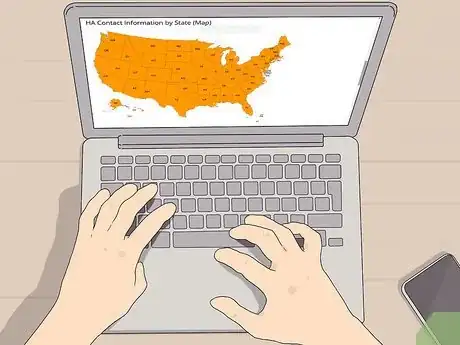


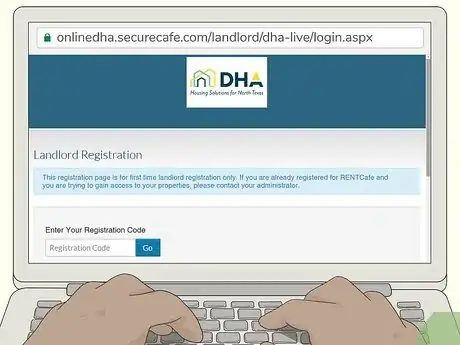

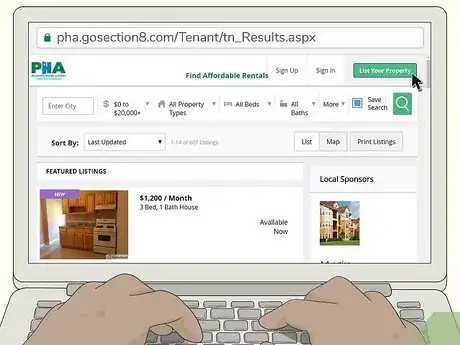
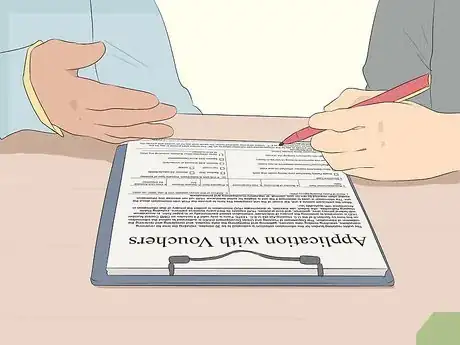


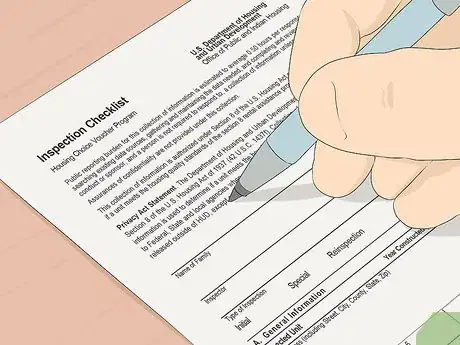


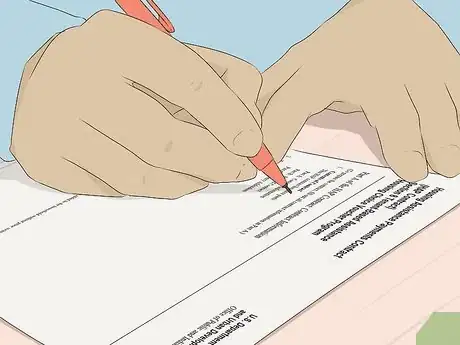
-Step-11.webp)








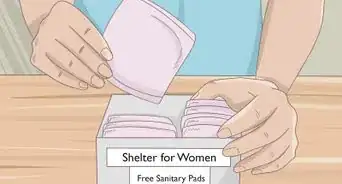











-Step-11.webp)





































